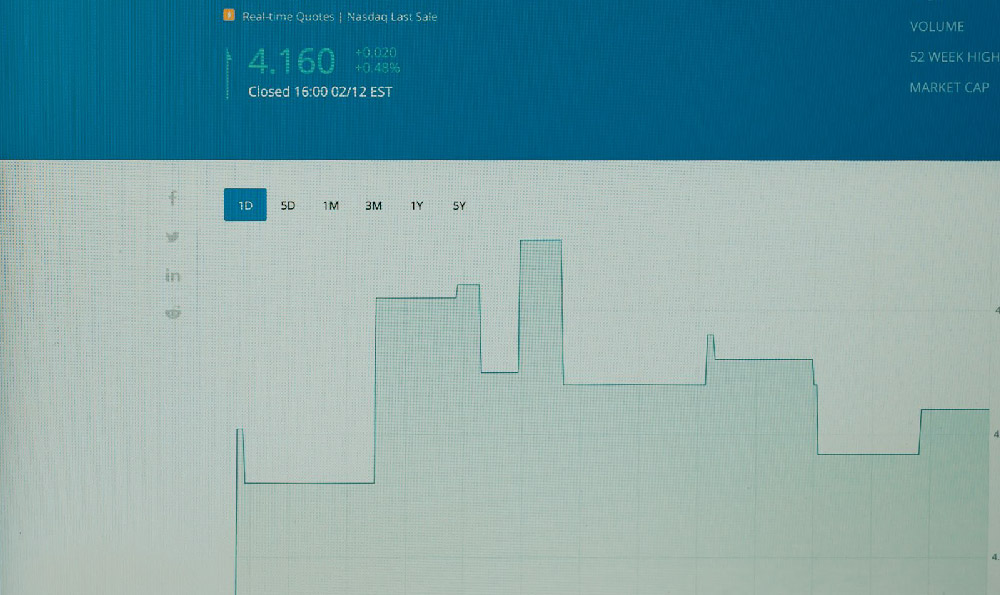Here's an article addressing the question of how many investment accounts one should have, focusing on the rationale and potential advantages and disadvantages of different approaches:
How many investment accounts is the right number? This is a surprisingly common question, and the answer, predictably, isn't a simple, one-size-fits-all figure. The ideal number of investment accounts depends heavily on your individual circumstances, financial goals, investment strategy, tax situation, and level of comfort with managing complexity. It's less about a magic number and more about striking the right balance between diversification, tax optimization, and ease of administration.
One common scenario is the minimalist approach: consolidating your investments into as few accounts as possible. This strategy emphasizes simplicity and ease of management. For example, an individual might have a single taxable brokerage account for general investing, a Roth IRA for tax-advantaged retirement savings, and a 401(k) through their employer. This arrangement is straightforward to monitor and rebalance, making it suitable for beginners or those who prefer a hands-off approach. The key advantage here is reduced cognitive load. With fewer accounts, it's easier to track performance, understand asset allocation, and avoid the paralysis of having too much information to process. Furthermore, consolidating assets can sometimes qualify you for lower fees or better service from your brokerage firm due to higher account balances. However, the downside to this approach is a lack of flexibility in addressing specific goals.

On the other end of the spectrum is a more segmented approach, where you might have multiple accounts dedicated to different objectives. For instance, you could have a taxable brokerage account for long-term growth, another for short-term savings goals (like a down payment on a house), a traditional IRA for pre-tax retirement contributions, a Roth IRA for tax-free retirement income, a 529 plan for education savings, and possibly separate accounts for specific investment strategies (e.g., dividend investing, growth stocks, or international exposure). This approach allows for more precise targeting of investment strategies to match specific time horizons and risk tolerances.
The primary benefit of having multiple accounts is the ability to tailor your investment strategy to each specific goal. Short-term goals, like saving for a down payment, can be housed in more conservative accounts with lower risk but also lower potential returns. Long-term goals, like retirement, can be placed in accounts with a higher risk tolerance and the potential for greater growth over time. Moreover, specialized accounts like 529 plans and HSAs (Health Savings Accounts) offer unique tax advantages when used for their designated purposes. These tax benefits can significantly enhance your overall investment returns over the long run.
However, the multi-account approach isn't without its challenges. It demands significantly more time and effort to manage, monitor, and rebalance all the different accounts. Keeping track of multiple portfolios, each with its own asset allocation, performance metrics, and tax implications, can quickly become overwhelming. This complexity can lead to errors, missed opportunities, or even the dreaded "analysis paralysis," where you become so overwhelmed by information that you fail to take any action at all. The increased administrative burden also means more paperwork, more passwords to remember, and more opportunities for things to go wrong. Also, maintaining multiple accounts might dilute your assets across different institutions, potentially missing out on volume-based discounts or preferred client services offered by larger firms.
Another important consideration is the tax implications of your investment strategy. Different types of accounts are treated differently under tax law. For example, contributions to traditional IRAs and 401(k)s may be tax-deductible, while earnings and withdrawals are taxed in retirement. Roth IRAs, on the other hand, offer tax-free withdrawals in retirement, but contributions are not tax-deductible. Taxable brokerage accounts are subject to capital gains taxes on profits, as well as taxes on dividends and interest income. Understanding these tax implications is crucial for making informed decisions about which types of assets to hold in which types of accounts. Ideally, you want to hold tax-inefficient assets (like bonds that generate taxable income) in tax-advantaged accounts, while holding tax-efficient assets (like growth stocks with minimal dividends) in taxable accounts. Having multiple account types offers more flexibility in optimizing your tax strategy.
In the end, the optimal number of investment accounts is highly personal. It depends on your financial situation, your goals, your investment experience, and your tolerance for complexity. A good starting point is to assess your primary financial goals (retirement, education, homeownership, etc.) and then determine which types of accounts are best suited to achieving those goals. If you're just starting out, it's generally advisable to keep things simple and focus on maximizing contributions to tax-advantaged retirement accounts. As your financial situation becomes more complex, you can gradually add more accounts as needed to accommodate specific investment strategies or tax planning opportunities.
Regardless of the number of accounts you choose, it's essential to have a well-defined investment strategy and to regularly monitor and rebalance your portfolios to ensure they remain aligned with your goals and risk tolerance. Consider consulting with a qualified financial advisor who can help you assess your needs and develop a personalized investment plan that takes into account your individual circumstances. They can help you navigate the complexities of the investment landscape and make informed decisions that will help you achieve your financial goals. Ultimately, the goal is to create a system that is both effective and manageable, allowing you to grow your wealth without becoming overwhelmed by the process.












